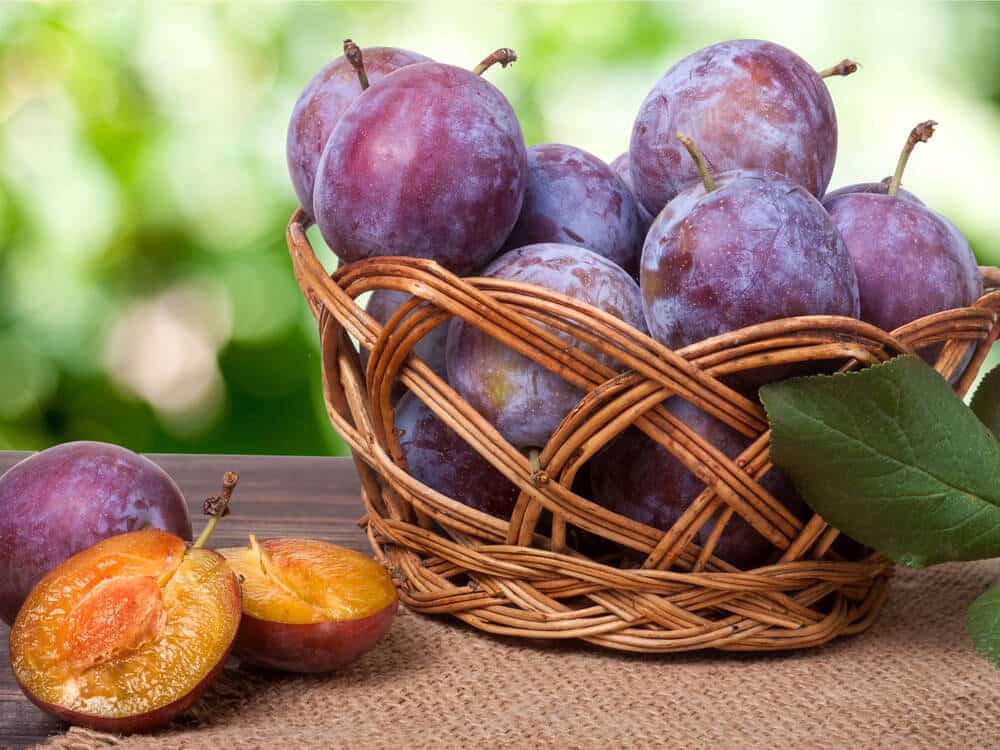
40 Interesting & Unknown Plum Facts
Wonderfully delicious and juicy – Plum is the favorite fruit of the fruit lovers. The Plum has many other hidden properties and facts that differentiate this wonderful fruit from others. With these 40 Interesting Plum Facts, learn all about history, health benefits, and much more.
1. The name ‘Plum’ derived from the Old English plume which was extended from the Latin Language.
2. Plums belong to the genus Prunus.
3. Plum trees are grown on every continent except Antarctica.
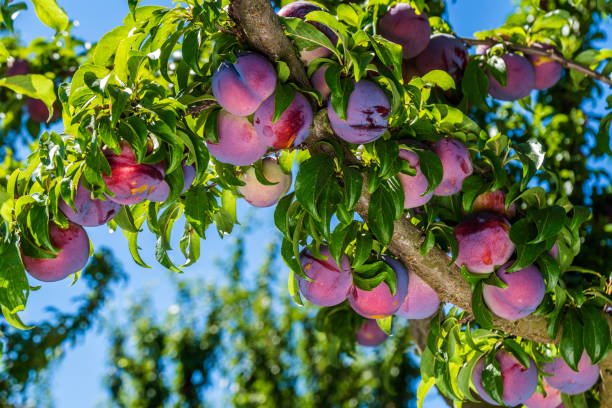
4. Plum is most commonly grown in temperate zones.
5. The average lifespan for plum trees is 10 to 15 years.
6. The Japanese variety of Plum is known as umeboshi and it is sometimes used for rice balls, called omusubi.

7. Plums are low in protein, calories, and fats.
8. Plums are an excellent source of vitamin C.
9. Plums are beneficial for preventing brain cell breakdown due to their higher level of anthocyanin and quercetin.

10. Plum’s taste ranges from sweet to tart.
11. We can cook Plum as jam or compote, or can be baked in a variety of pastries.
12. In the Balkans, plum is converted into an alcoholic drink named slivovitz.

13. Plum liquor is also famous as “plum wine”, it is mainly popular in Japan and Korea.
14. Prune Plum is one of the varieties of plum that can be dried without fermentation due to its high sugar contents.
15. China is the world’s leading producer of plums.
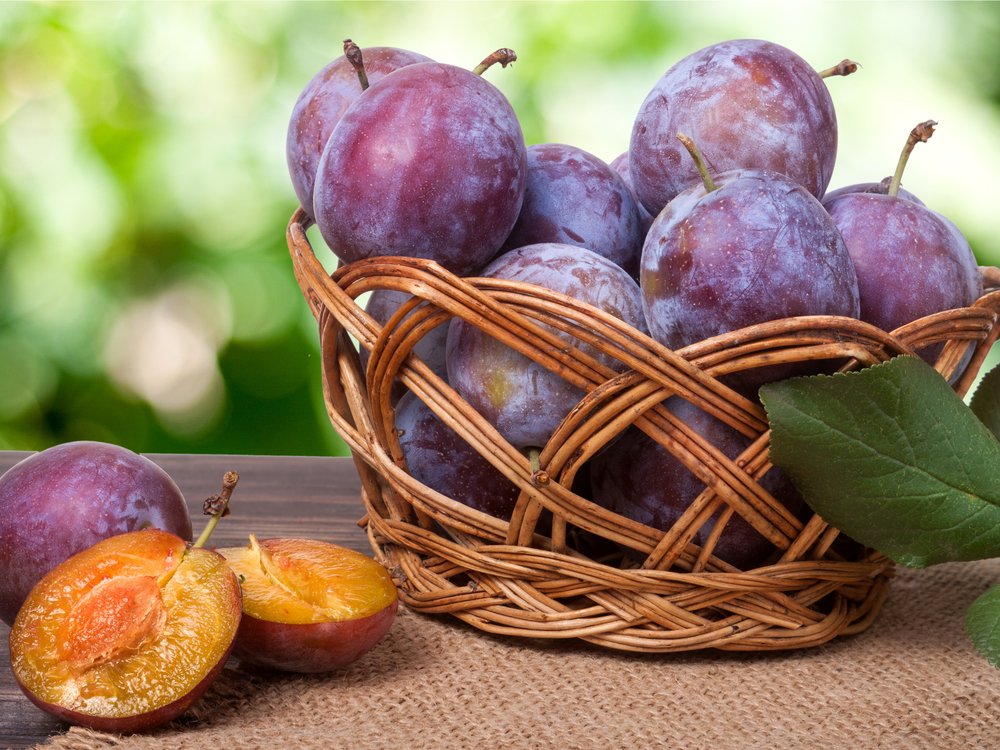
16. The third most produced plum in the world is Serbian plum.
17. The plum is a member of the Rosacea family.
18. There are more than 200 varieties of plums.

19. Regardless of its name, Japanese plum originates from China.
20. Plum plant requires direct sunlight, moisture, fertile soil, and well-drained soil.
21. The tree of a Plum generally grows 10 to 20 feet in height.
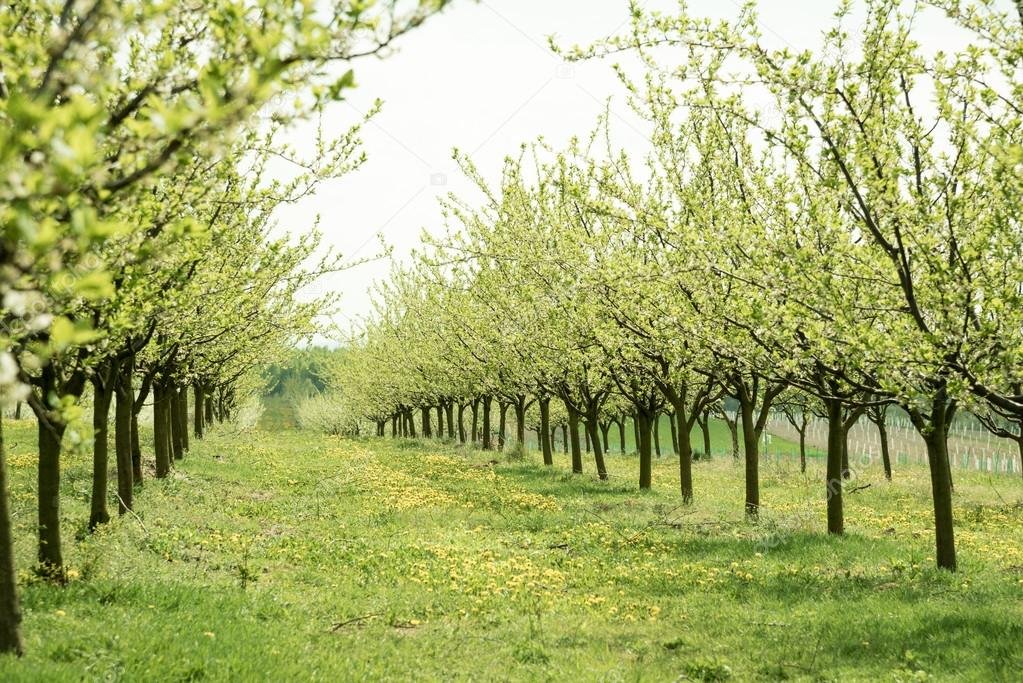
22. Some varieties of plum have oblong leaves with pointed tips, but generally their leaves are usually about 2 to 4 inches long and green in color.
23. Honeybees are major pollinators of Plum flowers.
24. The skin of Plum can be red, yellow or purple in color.
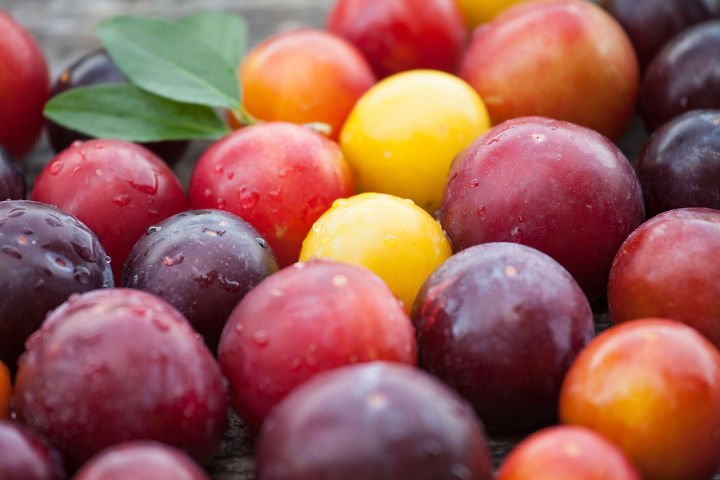
25. Due to its low glycemic index, plums can help in controlling blood sugar.
26. The Production of plum fruit starts from 3 to 5 years after planting.
27. Plums can also be used as jellies, juices, and cakes.

28. The Japanese plum was introduced to the United States in 1870.
29. The National Plum Pudding Day is celebrated on 12th February.
30. Dried plums are called prunes; but not all plums are prunes
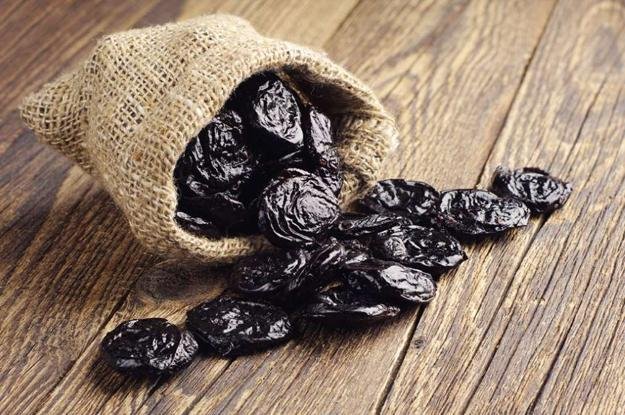
31. The plum fruit is mentioned in the nursery rhyme “Little Jack Horner”.
32. Except Antarctica, Plum trees are grown on every continent.
33. Dried plums are good for digestion.

34. The global production of plums was 12.1 million tons in 2016.
35. Raw plums contain 11% carbohydrates, 87% water, 1% protein & 1% fat.
36. A fresh plum contains 113 mg of potassium which can assist in managing high blood pressure.

37. An extract of the plum fruit can kill aggressive breast cancer cells.
38. Chinese considered plums as good fortune.
39. In Japan, February is the month for plums.
